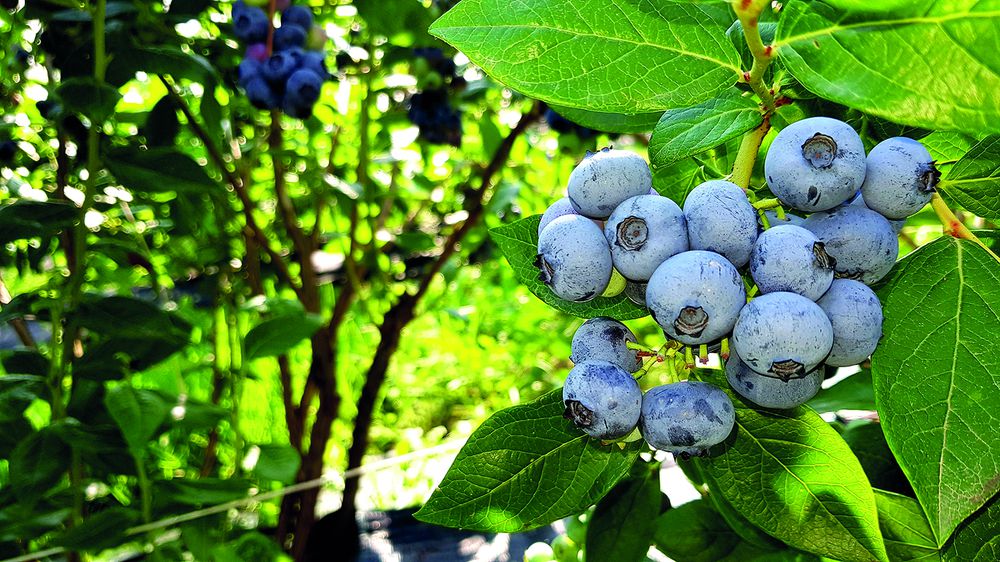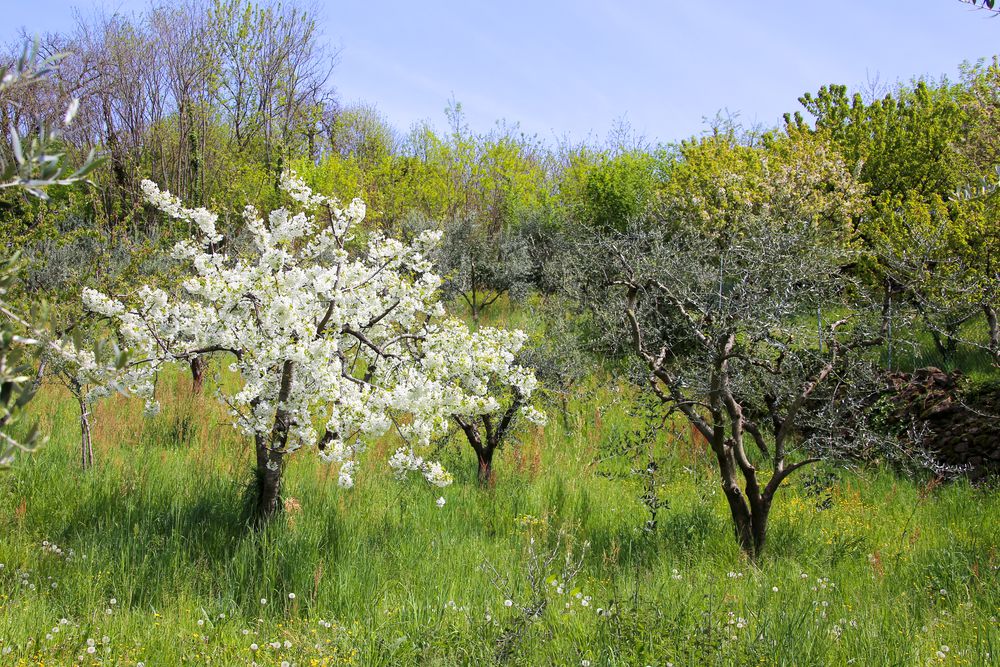To Visit From the walled city to the suggestion of Val d'Inverno



This itinerary heading to the furthest western part of the area, opens up towards the landscape of the hills of Pianezze, Molvena, Mason and Breganze, which are particularly suggestive in spring at the time of cherry tree blossoming. The route, which offers very significant variations of landscape, leads to the hamlet of San Luca and then descends towards the Val d'Inverno, which is rich in other naturalistic and cultural aspects, where nature impressively shows its beauty in any season.
Average duration: 5 h
Length: 13,5 km
Difference in height: 390 mt
Accessibility: asphalted road - path - paved road
Other routes: Val d'Inverno and the chestnut trees of the villages Costa, Marosi and Valeri, From the Medieval village to the walled city, Cherry tree trail,
Set off from Campo Marzio heading towards the town walls. Access the town centre from Porta Bassano and continue on Corso Mazzini. Here, on the left, the first building is Arpalice Cuman Pertile’s house, followed a few meters ahead by Piazza Castello. Continue straight ahead, leave the town centre through Porta Breganze and take via Panica. Before starting to climb the slope towards Roveredo Alto, Bernardino Frescura’s house is on the right. Turn to the left and cross the road to visit the Church of San Rocco (visits by appointment only: book at the parish of Sant’Antonio Abate). On the main route turn right and follow the route signs towards Roveredo Alto - San Luca - Val d’Inverno. After a short
stretch on asphalt road, walk uphill on a path along which care must be taken in narrow points, leading to Roveredo Alto. The path bends to the left just after the church and then to the right, and it continues to climb (see road signs) on a grassy stretch that flanks the houses. The asphalt road of San Luca is a few minutes away. Keep on the left and, after a short stretch, cross the road at a private dwelling known as Casa delle Capre (House of Goats). The Agù cobblestone unpaved trail starts exactly on the left of this house. A grassy slope at the beginning of the trail that goes through the wood leads to the point where via Agù branches off. Turn left and then right after a little while taking the path that goes towards Roccolo Carli – San Luca – Val d’Inverno. This is where the junction with the Colceresa Route is found.
Continue on Route 4 going past some houses. On the left a magnificent view will open up on the western hills of the Vicenza province stretching as far out as the Pasubio hill and the Piccole Dolomiti (Small Dolomites, i.e. Pre-Alps in the Vicenza Province). Take the asphalt road for a short stretch and then turn left. Go past a shrine and enter the quarter in via Roccolo Carli. Cross the yard all the way through and continue slightly uphill on a grassy path. Walk through two gates that delimit the pasture (follow the route signs) and keep going straight through a thicket where the path narrows down and is delimited by a dry-stone wall. Take the unpaved gravel track and walk on it until it ends. As soon as you come across the asphalt road to Molvena, turn right and then immediately left towards San Luca - Contrà Valeri - Val d’Inverno on a grassy path that leads to via Colpi Pivotti. Here, turn left and walk on the embankment that flanks the asphalt road. Leave the main road when you reach the road on the right that leads to Contrà Valeri. Carefully cross the main road and take the road to Contrà Valeri. A little further, before reaching Contrà Valeri, a deviation on the left leads to the Church of San Luca where you can admire a precious canvas by Jacopo Dal Ponte (c.1510–1592), the painter of Bassano. Go back to the main route, continue towards Contrà Valeri, and walk past it. After a bend, leave the asphalt road and turn left on an unpaved trail heading to Val d’Inverno – Vallonara – Marostica. Go downhill among vast olive groves, walk through Contrada Costa and reach the Val d’Inverno asphalt road. Continue on the right towards Vallonara. Here, take the bicycle-pedestrian lane that runs along the Longhella stream. Via Maggiore Morello is on the right at the end of this lane. Piazza Ortigara and Campo Marzio are just a few minutes away.
The route runs through two distinct areas of the hilly territory located north-west of Marostica: the area spreading from via Panica to San Luca and the area on the left bank slope of Val d’Inverno going from San Luca to Vallonara.
The morphological characteristics of the first part show a relief structure with a rocky outcrop ridge of fossiliferous limestone, south of which the grade of the slopes can be significant, at least until the branching to the Mount Agù top. Then, the hills slowly become less steep and smoother due to the abundant presen- ce of igneous rock, which is more easily worn away by the elements. In Val d´Inverno, especially in the northern part, the setting changes completely and the general morphological aspect is very gentle, even if the deepest part of the valley has some sub-vertical walls, created by the slow and relentless erosion of the existing rocks over time: sandstone and lime-rich, clay-like marl.
The remarkable variety of this territory contributes to the development of diversified vegetation, which is the result of the integration between the natural environment and areas that have been heavily affected by human activity. It is characterized by different aspects, which are diversely distributed between the hilly slopes and the valleys.
The first part of the route, exposed to the south, is in fact mainly affected by human activities. On the other hand, the fresher and wetter slope is characterized by mixed deciduous wood, with several old chestnut trees. In this area the most frequent tree species are the black locust, the black hornbeam, the white hornbeam, the oak tree and the downy oak tree, the manna ash, the Eurasian field maple, the walnut tree, the European cornel, the common hawthorn, the elder tree and several wild cherry trees. Herbaceous flowering species are also well represented, and they include the green hellebore, the liverwort, the snowdrop, the spring snowflake, the primrose, the dog’s tooth violet, the three-leaved anemone, the common lungwort and the periwinkle.
Fruit trees are also rather widespread. They include olive trees, vine trees and some cherry trees. The wood hosts some pleasant surprises, as far as its fauna is concerned. Due to the variety of environmental conditions, it shelters some carnivores (the fox, the badger, the weasel and the stone marten), rodents and a significant number of birds.
The view is very wide from east to west: it ranges from the Colli Euganei e Berici (Euganean and Berici hills) to the hills in the west, as far as Mount Pasubio and Mount Novegno.
Once you have reached the first houses of San Luca, you enter a completely different environment. While the view was mainly overlooking the flat land in the beginning, now you can see the entire Val d´Inverno valley with its gentle slopes, rich in thriving vegetation and uncultivated meadows that have long been abandoned. The upper part of the valley is still the location of vineyards, interspersed with fruit trees, including apple trees, pear trees and cherry trees. A little further downhill, the meadows also produce forage grass for livestock.
In this route
-
![]() Campo marzio
Campo marzio
-
![]() Arpalice Cuman Pertile Dwelling
Arpalice Cuman Pertile Dwelling
-
![]() Church of Saint Rocco
Church of Saint Rocco
-
![]() Church of Madonna delle Grazie
Church of Madonna delle Grazie
-
![]() Church of San Giovanni evangelista e San Luca
Church of San Giovanni evangelista e San Luca
-
![]() Military post of the first world war
Military post of the first world war
Accomodation
-
Hotel Europa
Viale Stazione, 5/A - Marostica
Vedi i dettagli -
Hotel Due Mori
Corso Mazzini, 73/75 - Marostica
Vedi i dettagli -

Beewell Italy
Via Colpi Pivotti, 12 - Marostica
Vedi i dettagli -
Villa Cecchin Guesthouse
Via Gianni Cecchin, 69 - Marostica
Vedi i dettagli -
Suite Parolin
Corso Mazzini, 142 - Marostica
Vedi i dettagli -
Fattoria TogoNegro
Via Caribollo, 81 - Marostica
Vedi i dettagli -
Campana Suites
Viale Stazione, 32 - Marostica
Vedi i dettagli -
Marostica
Via Camplani, 60 - Marostica
Vedi i dettagli -
A Casa mia
Via Ca' Brusà, 23 - Marostica
Vedi i dettagli -
Da Viky
Via Mantegna, 12 - Marostica
Vedi i dettagli -
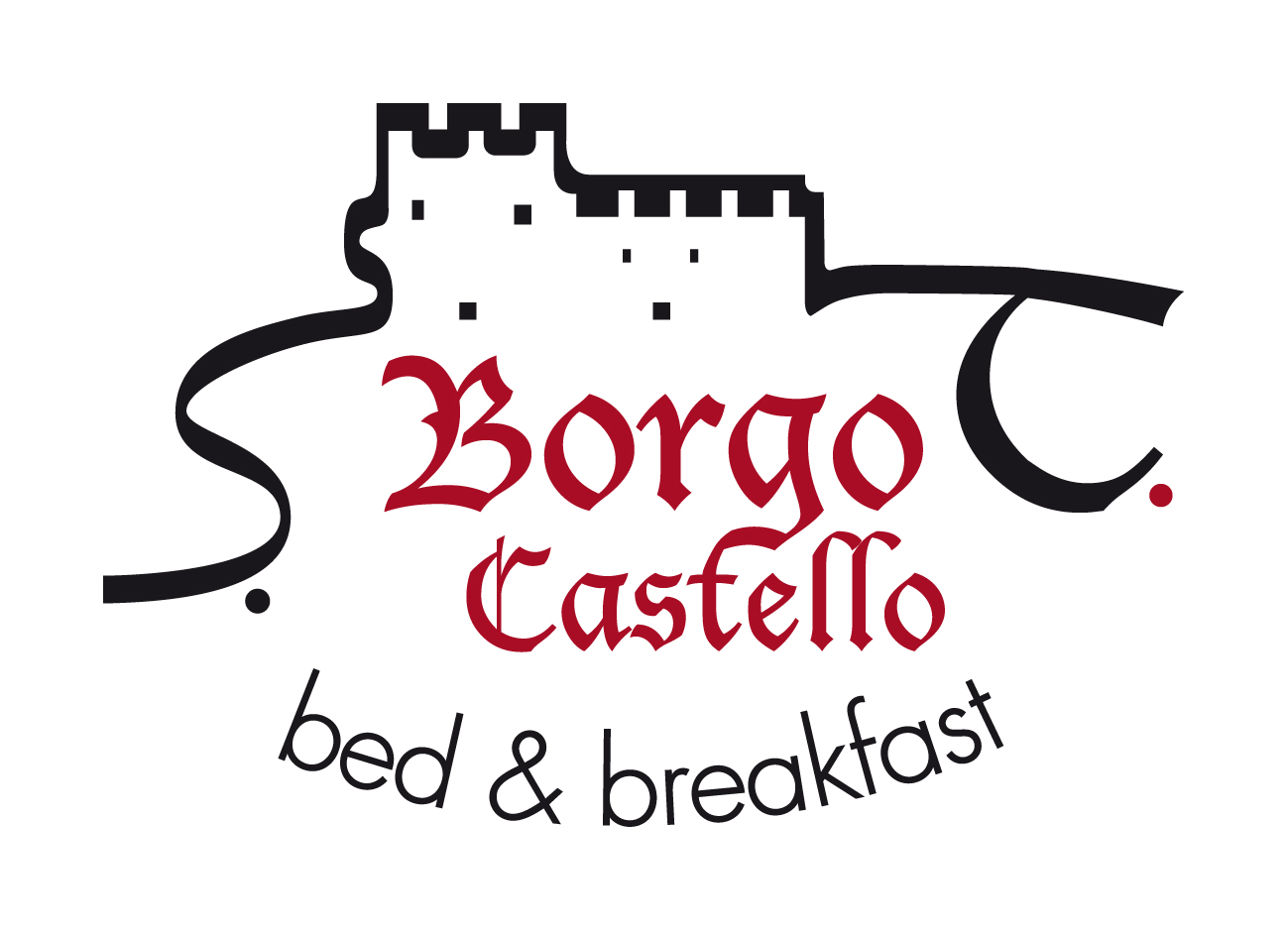
Borgo Castello
Via C.Battisti, 15 - Marostica
Vedi i dettagli -
Da Toi
Via Sisemol, 37 - Marostica
Vedi i dettagli -
Retrò
Via Ravenne, 36 - Marostica
Vedi i dettagli -
I Mirtilli
Via Gazzo, 33 - Pianezze
Vedi i dettagli -
Il Geranio
Via Oldelle, 4/A - Pianezze
Vedi i dettagli -

Agriturismo Antico Borgo
Via Marosi, 4 - Marostica
Vedi i dettagli -
Agriturismo Al Ciliegio
Via Val Bella Alta, 5 - Marostica
Vedi i dettagli -
Agriturismo Ai Marosi
Via Marosi, 2 - Marostica
Vedi i dettagli -
Antica Corte Carollo
Via A. De Gasperi, 2 - Pianezze
Vedi i dettagli -
B&B Maria
Via IV Martiri 21 - Marostica
Vedi i dettagli -
Marostica Bright Apartment
Via Callesello delle Monache 1 -Marostica
Vedi i dettagli -

Agriturismo Dai Sandri
Via Oldelle, 1A - Pianezze
Vedi i dettagli -
Al Mulino
Via Gobbe, 60 - Marostica
Vedi i dettagli -

L'Angelo e il Diavolo
Piazza Castello, 41/A - Marostica
Vedi i dettagli -
Inosteria
Via Cassoni, 2 - Marostica
Vedi i dettagli -
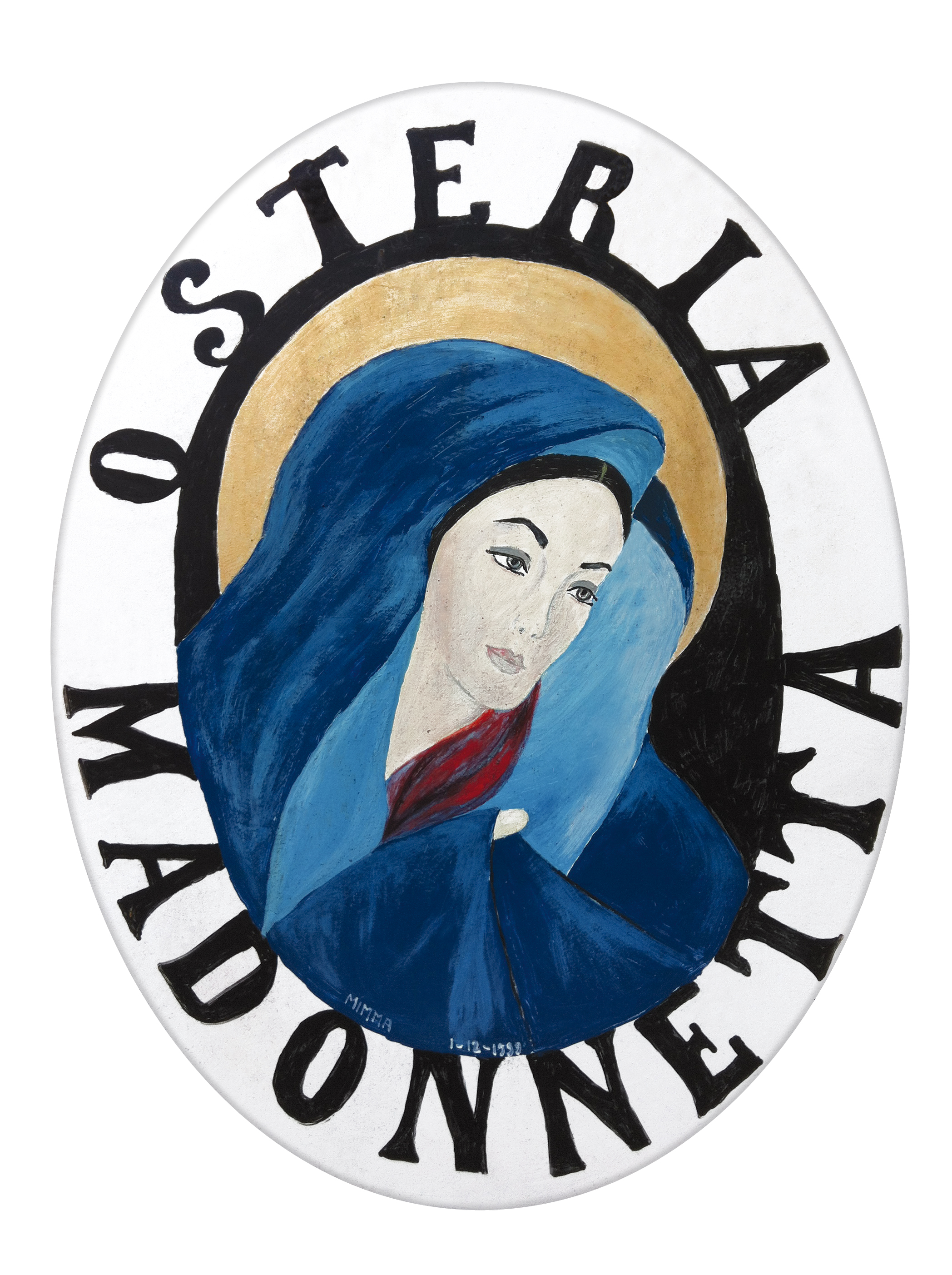
Madonnetta
Via Vajenti, 21 - Marostica
Vedi i dettagli -

Lunaelaltro
Corso della Ceramica, 33 - Marostica
Vedi i dettagli -
Scaligera
Via Montello, 68/a - Marostica
Vedi i dettagli -
La Meridiana
Via Perozzi, 9 - Marostica
Vedi i dettagli -
Bistrot 59
Via Sisemol, 59 - Marostica
Vedi i dettagli -
Panic Jazz Club
Piazza Castello, 42 - Marostica
Vedi i dettagli -
Ristorante cinese Oriente
Via G. Cecchin, 20/b - Marostica
Vedi i dettagli -
Da Bastian
Via Gobbe, 10/a - Marostica
Vedi i dettagli -
Da Roberta
Via Panica, 150 - Marostica
Vedi i dettagli -
Da Rossi
Via Consagrollo, 69 - Marostica
Vedi i dettagli -
Ristorante Pizzeria Bistrot 77
Via Gazzo, 2 - Pianezze
Vedi i dettagli -
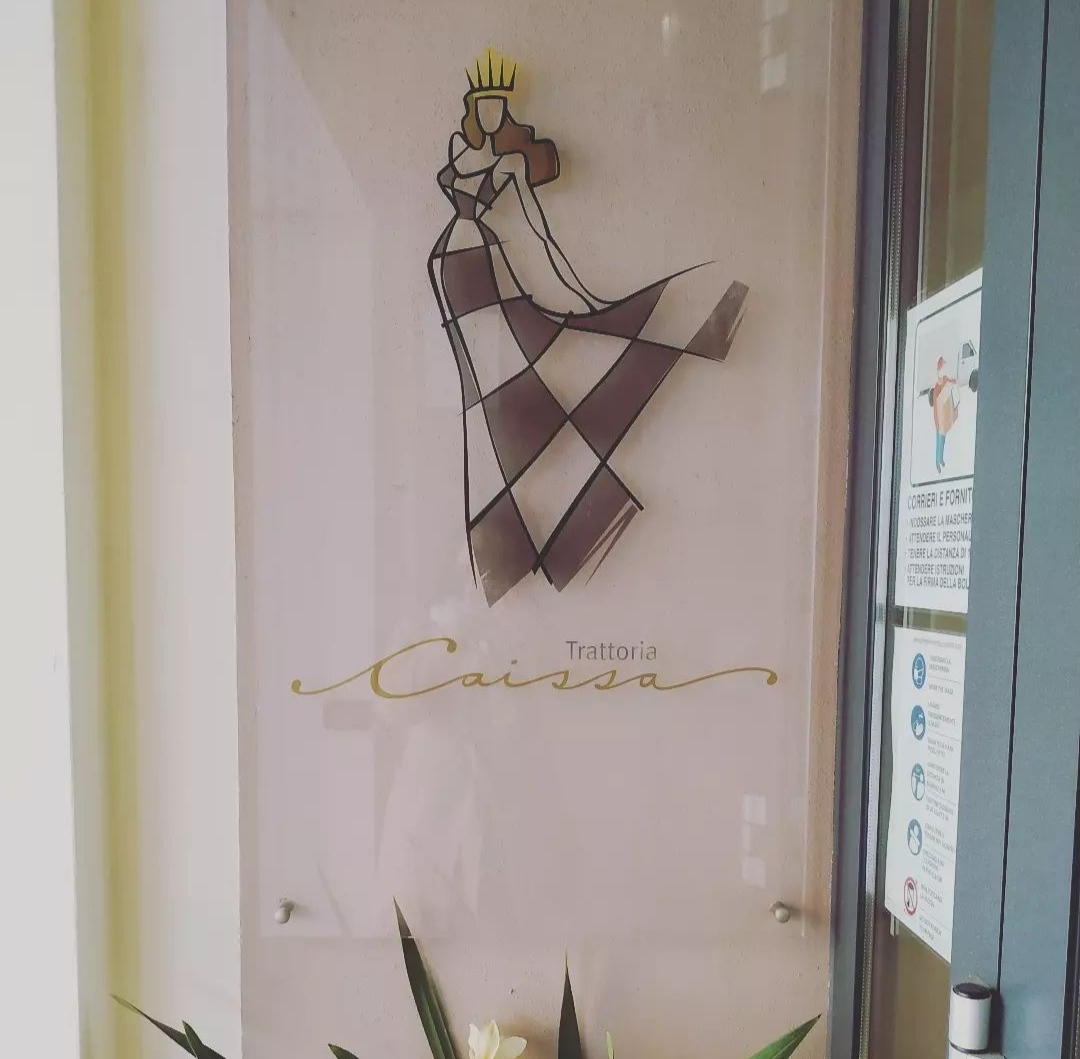
Caissa
Corso Mazzini, 104 - Marostica
Vedi i dettagli -
Da Bertin
Via Perozzi, 11 - Marostica
Vedi i dettagli -
Da Toi
Via Sisemol, 37- Marostica
Vedi i dettagli -
Da Agnese
Via Pedalto, 23 - Marostica
Vedi i dettagli -
Al Sole
Via Fondati, 3 - Marostica
Vedi i dettagli -
Al ciliegio
Via Val Bella, 5 - Marostica
Vedi i dettagli -
All’Angelo d’Oro
Viale Montegrappa, 20 - Marostica
Vedi i dettagli -
La casetta
Viale Vicenza, 12/A - Marostica
Vedi i dettagli -
Dalla Zita
Via Cà Brusà, 5 - Marostica
Vedi i dettagli -
Ristorante Cuori
Corso Mazzini, 73/75 - Marostica
Vedi i dettagli
To live
Events in the territory
To love
To visit
-
![]() Val d'Inverno and the chestnut trees of the villages Costa, Marosi and Valeri
Val d'Inverno and the chestnut trees of the villages Costa, Marosi and Valeri
The hamlet of Vallonara is the starting point of this route which runs through the shady and suggestive Val d'Inverno. ...
-
![]() From the Medieval village to the walled city
From the Medieval village to the walled city
This is one of the most popular scenic routes for tourists. Easily practicable, it leads to the upper part of ...
-
![]() Cherry tree trail
Cherry tree trail
This path, more than others, offers its users a real full immersion in a landscape where cherry trees dominate and, ...
-
![]()
...






